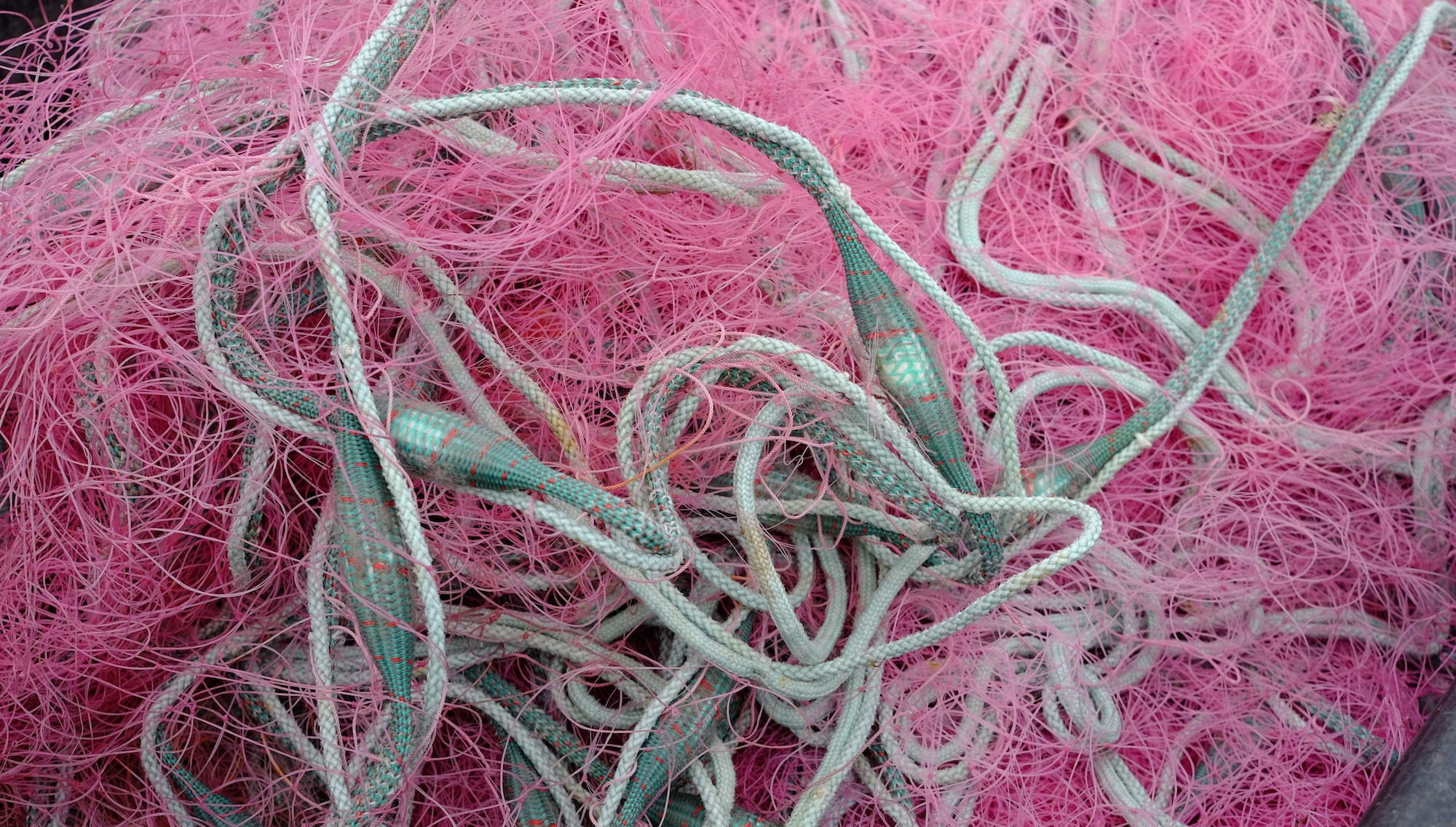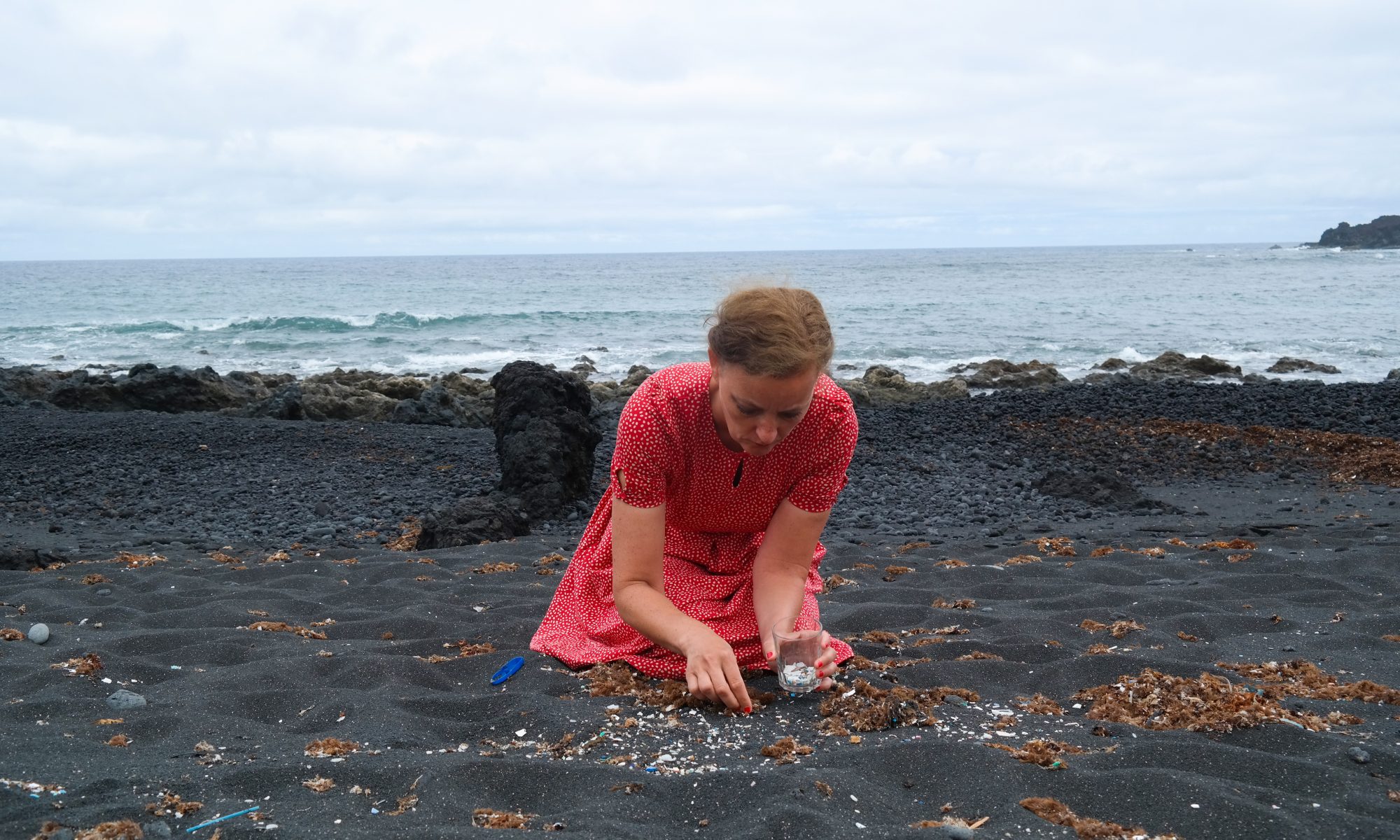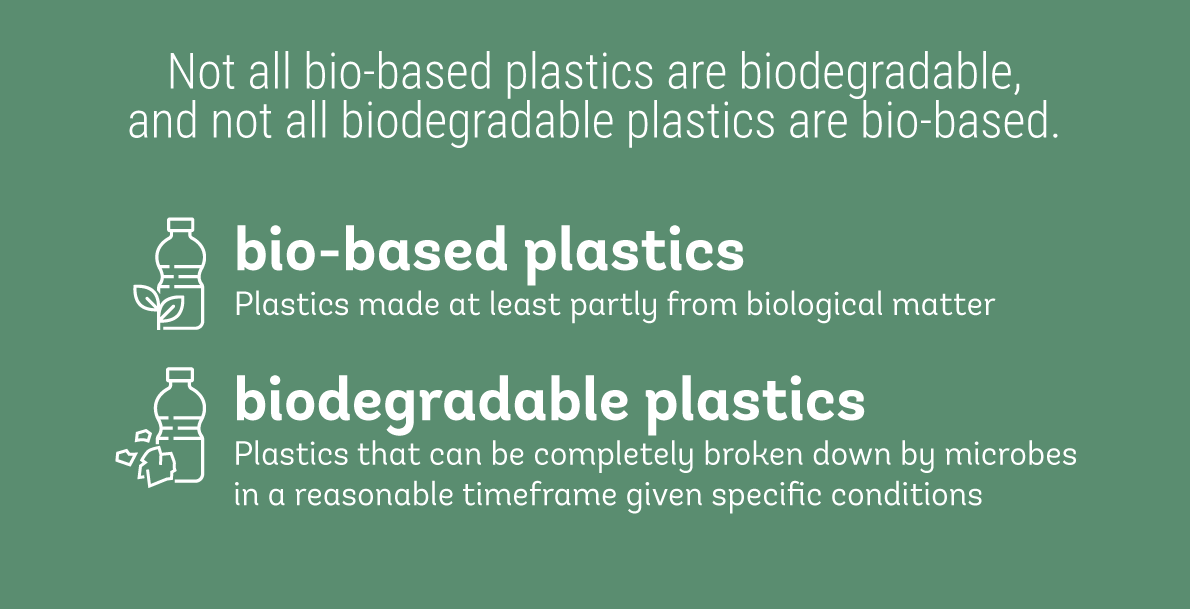‘I grew up in the 70s and 80s, and it was the time when pretty much everybody was convinced that when it comes to the protection of the environment, we were all messing it up. What people would tell us as children was, us adults, we have messed it up, so now it’s on you’, I’m told by Swaantje Güntzel, an artist who engages with plastic and waste in her performances and in the images she creates. As a child, she was barely able to deal with the burden of this topic. She experienced depression and tried to be an activist, but always felt small, alone and powerless.
She wasn’t the only one. Continue reading “Swaantje’s generation”


